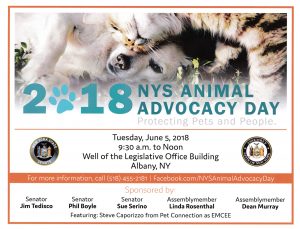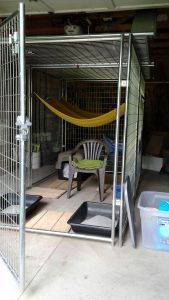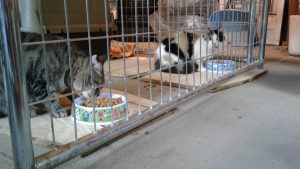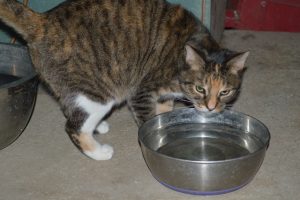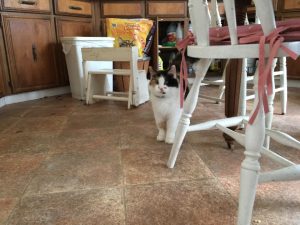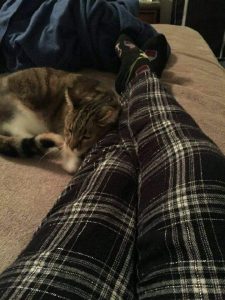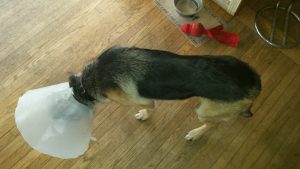Children’s Books on Pet Loss
The loss of a beloved pet is a difficult experience for everyone. How do you explain this loss to a child? There are some well written children’s books that take on this task with honesty and empathy. There are books on just about any type of pet, so take some time to find a book that will fill your family’s needs. The following books are from the RedRover Reader’s Book List.
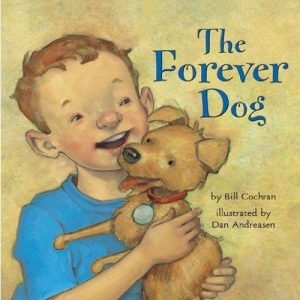 The Forever Dog by Bill Cochran explores the adventures of Mike and his dog Corky. For years they are the best of friends and Mike creates the Forever Plan believing that Corky will always be there for him. One day Mike comes home from school to find that Corky has died. With the help of his mother Mike learns that the Forever Plan must be altered. This book portrays the journey from happiness to loss and with great care, to acceptance.
The Forever Dog by Bill Cochran explores the adventures of Mike and his dog Corky. For years they are the best of friends and Mike creates the Forever Plan believing that Corky will always be there for him. One day Mike comes home from school to find that Corky has died. With the help of his mother Mike learns that the Forever Plan must be altered. This book portrays the journey from happiness to loss and with great care, to acceptance.
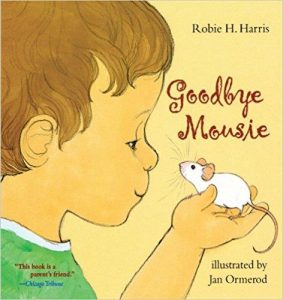 Goodbye Mousie, by Robie H .Harris tells the story of a preschool boy and the death of his pet mouse. While he experiences a flood of emotions, his parents help him prepare a funeral. The boy’s preparations are tender and tissue worthy. The gentle illustrations help lead the way to eventual acceptance.
Goodbye Mousie, by Robie H .Harris tells the story of a preschool boy and the death of his pet mouse. While he experiences a flood of emotions, his parents help him prepare a funeral. The boy’s preparations are tender and tissue worthy. The gentle illustrations help lead the way to eventual acceptance.

